15 Social Media Trends That Aren’t Fun Anymore
Social media is supposed to be a fun way to connect, share, and discover new things. Over time, some trends that once felt exciting have started to lose their charm. Hashtags, filters, and viral challenges can feel repetitive or overwhelming. Influencer posts and sponsored content now dominate feeds, making it harder to enjoy authentic interactions. Features like stories, live streams, and curated grids often create more pressure than entertainment.
This post may contain affiliate links, which helps keep this content free. Please read our disclosure for more info.
Overuse of Hashtags
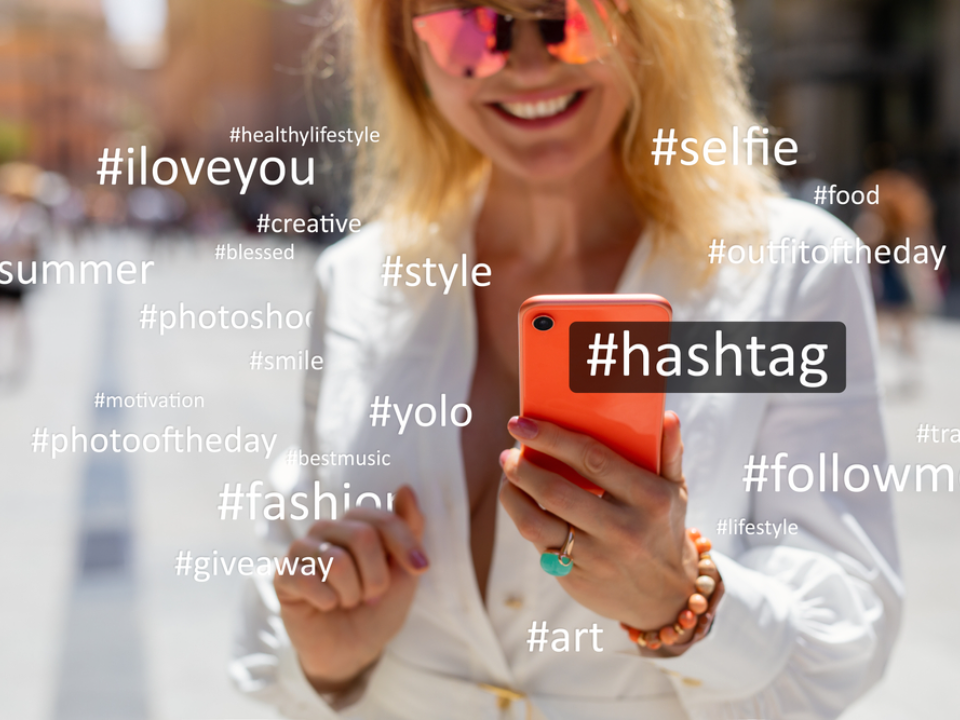
Hashtags have been a central part of social media culture for years, but their overuse has turned them into a repetitive tool that often feels like a shortcut rather than a meaningful addition. People tend to overstuff their posts with numerous hashtags, making the content feel cluttered and less engaging. The original purpose of hashtags was to connect people around a shared topic, but now it is often about trying to reach more people, regardless of relevance.
Many users feel that hashtags now come off as insincere or forced. Instead of contributing to a post’s authenticity, they seem more like an afterthought. The charm of discovering content based on genuine interest has become clouded by over-saturation. People are now more focused on the number of hashtags than their actual meaning, which leads to a less enjoyable experience.
Overly Curated Influencer Lifestyles

The rise of influencers has led to an environment where every post is polished and often unrealistic. The constant display of picture-perfect moments can make followers feel disconnected from reality. The trend of constantly showcasing an idealized lifestyle has shifted from inspiring to alienating, as it often does not reflect the everyday struggles and nuances of life.
While curated content can be visually appealing, it has become tiresome for many users. Audiences increasingly crave authenticity and rawness, but the pressure to maintain a flawless image is ever-present in influencer culture. This leaves followers questioning the value of content that seems more like an advertisement than genuine interaction.
TikTok Challenges
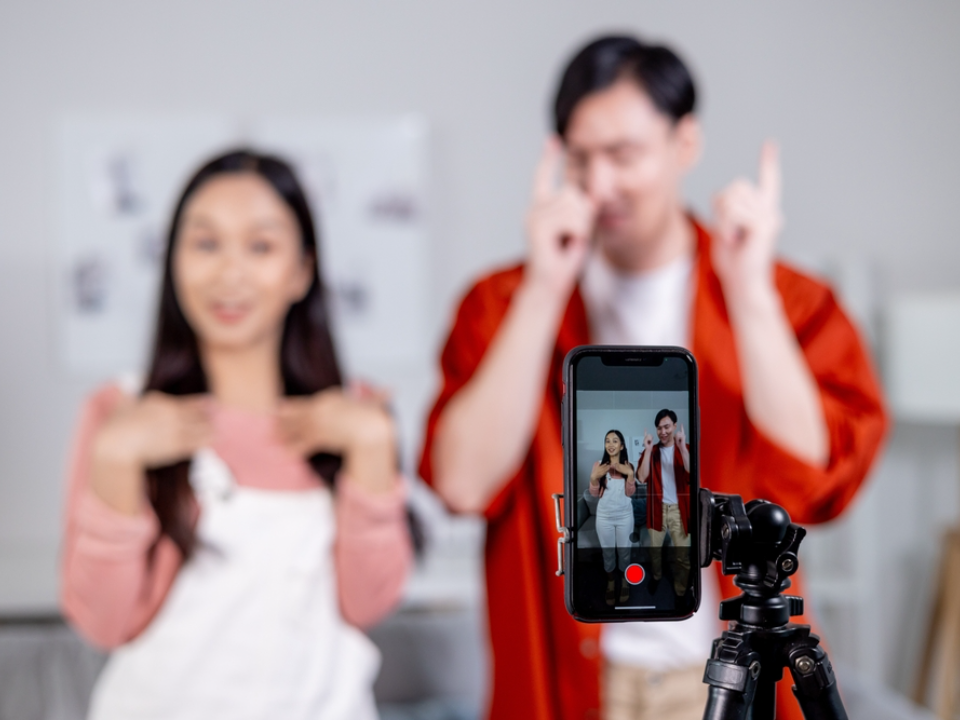
TikTok challenges have taken the internet by storm, but their novelty has worn off for many. What started as a fun way to engage in viral trends has now become predictable and repetitive. The excitement of participating in a new challenge has been diluted by the overwhelming number of similar ones that follow the same format, making them feel less unique.
While challenges can still bring a sense of community, the constant barrage of them leaves little room for organic creativity. Users are now less likely to jump into a new challenge because it feels more like a forced trend than something that enhances the platform. The trend that once brought people together now feels like an overstayed guest at the party.
Overly Edited Photos

Social media platforms like Instagram are often filled with heavily edited and filtered images. Initially, photo editing was a fun way to enhance creativity, but it has turned into an arms race for perfection. The pursuit of flawless skin, unrealistic body shapes, and enhanced colors has created a sense of dissatisfaction for users who feel pressure to match these standards.
The constant manipulation of photos has taken away from the natural beauty of candid moments. What used to be a tool for fun has become a way to present an image that is far from authentic. This trend has made people more conscious of their own appearance in ways that can be harmful to self-esteem, causing users to disconnect from content that feels overly altered.
Fake News and Misinformation

Social media has become a breeding ground for misinformation, with users often sharing articles, images, and videos that are inaccurate or misleading. While platforms have made strides in combating fake news, the spread of false information continues to thrive. This trend has made users wary of trusting content online, as it becomes increasingly difficult to differentiate between fact and fiction.
The rise of clickbait and sensational headlines has further contributed to this problem. Many posts are designed to provoke emotional reactions without offering the full context. What was once a platform for sharing interesting news and discussions has now become a space where rumors and falsehoods spread with little consequence.
The Pressure of Perfectly Styled Instagram Grids
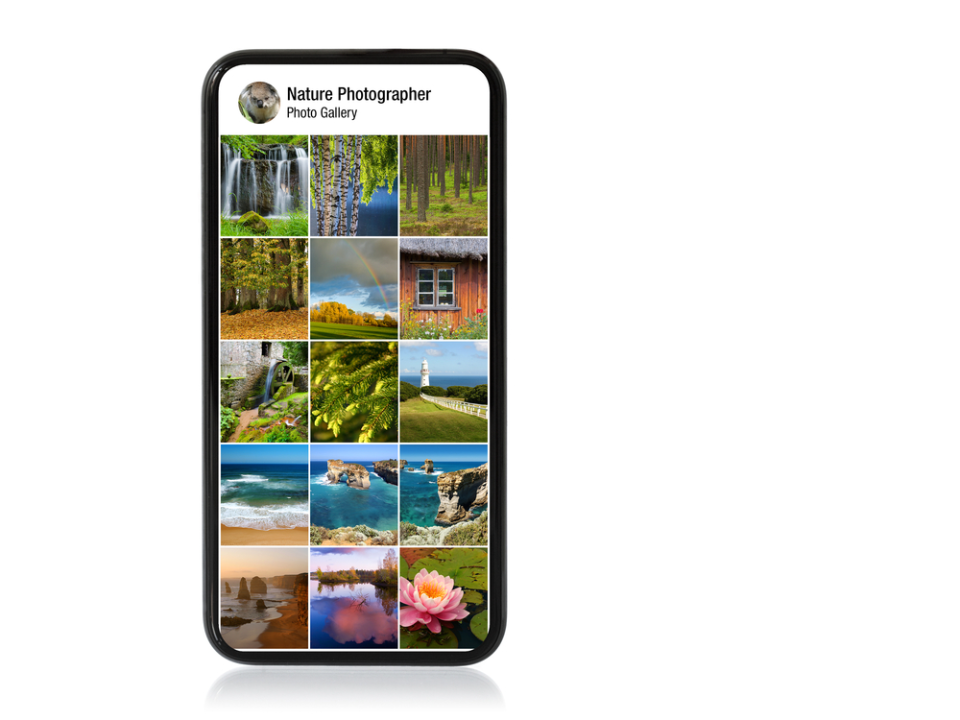
Instagram grids, where users aim to maintain a cohesive aesthetic, have become a source of stress rather than a creative outlet. The pressure to maintain a perfect feed has led many users to carefully plan every post, making the process of sharing content feel more like a chore. What started as an artistic expression has now turned into an obligation to maintain a certain image.
While a curated grid can be visually appealing, it removes the spontaneity and authenticity that once made social media enjoyable. Users often feel pressured to conform to an idealized style, leading them to post less and disengage from the platform. The pursuit of a flawless grid has made Instagram less fun for many, as it prioritizes aesthetics over genuine connections.
The Overuse of Filters

Filters on apps like Snapchat and Instagram were once a fun way to play around with selfies and pictures, but their overuse has made them less enjoyable. With so many filters that change facial features, it can be hard to recognize real people behind the masks. This trend of heavily filtered content has created unrealistic beauty standards that are difficult to live up to.
Rather than enhancing photos, filters now often take away from the rawness and authenticity of a moment. People have become more concerned with their appearance online, leading to a sense of disconnect from reality. The trend of constantly editing photos has led some users to feel less comfortable with their unfiltered selves, making social media a space where perfection is valued over individuality.
Facebook’s Algorithm Changes
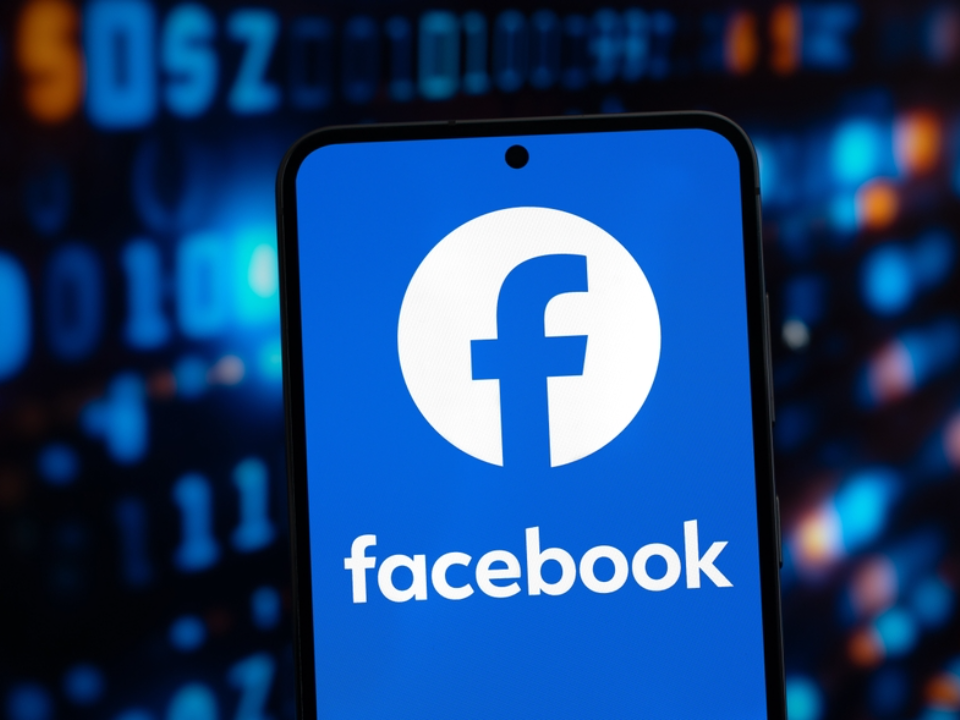
Facebook’s constant tweaking of its algorithm has led to a less enjoyable user experience for many. The algorithm now favors content from pages and ads, making it harder for users to see posts from friends and family. What once was a space for connecting with loved ones has now become a space filled with sponsored content and business updates.
For many, Facebook has lost its original charm as a social platform. The push toward engagement metrics and paid promotions has made it harder for personal content to stand out. Users are less inclined to post when they feel their updates will be buried by algorithm changes and ads, leading to a less interactive experience.
Viral Memes that Have Lost Their Charm
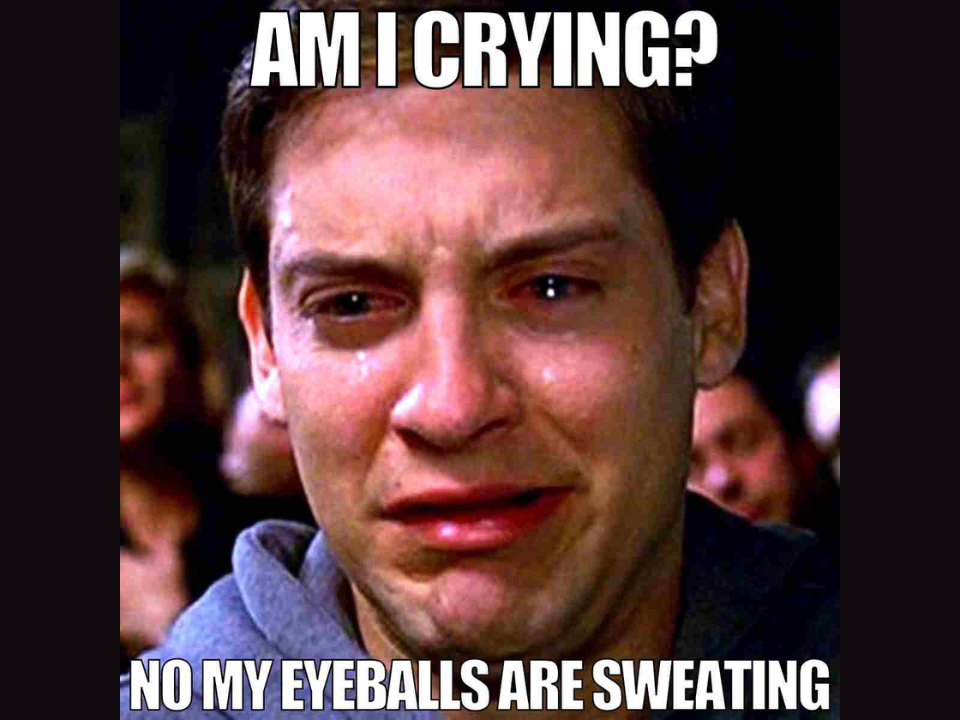
Memes were once a hilarious and spontaneous way to share humor, but the constant recycling of the same jokes has made them feel tired. What once was funny and relatable has now become overused, with the same memes circulating repeatedly across different platforms. The pressure to participate in meme culture has turned a fun form of communication into something that feels forced.
Instead of enjoying the humor, many users are now just participating because it feels expected. The rapid cycle of viral memes has made it hard to enjoy them when they lose their originality so quickly. Social media has become saturated with repetitive jokes that no longer bring the joy they once did.
Story Overload
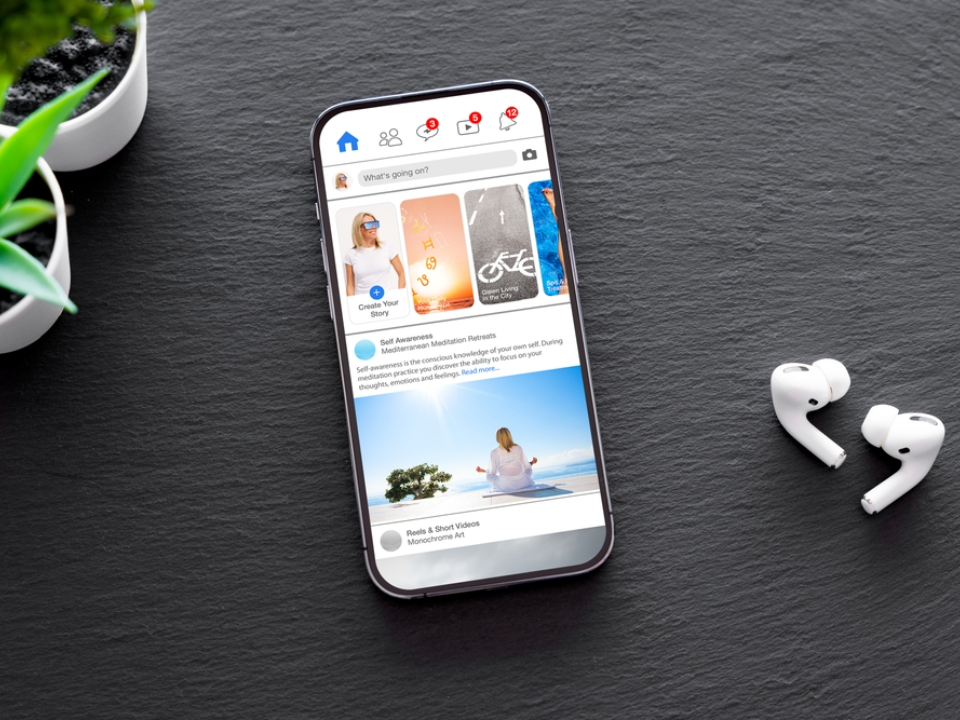
Instagram and Facebook Stories were once an engaging way to share temporary, behind-the-scenes content with followers. However, the constant stream of stories, combined with the rise of other platforms like Snapchat, has made them less enjoyable. With everyone posting their daily activities in real time, it can feel overwhelming to keep up with the sheer volume of content.
Instead of offering fresh or exclusive insights, stories have become a routine part of the social media experience. The constant posting of updates and self-promotion can be draining, especially when they lack depth or personal connection. This has led many users to disengage, leaving stories feeling more like an obligation than a fun feature.
Over-Promotion of “Live” Streams
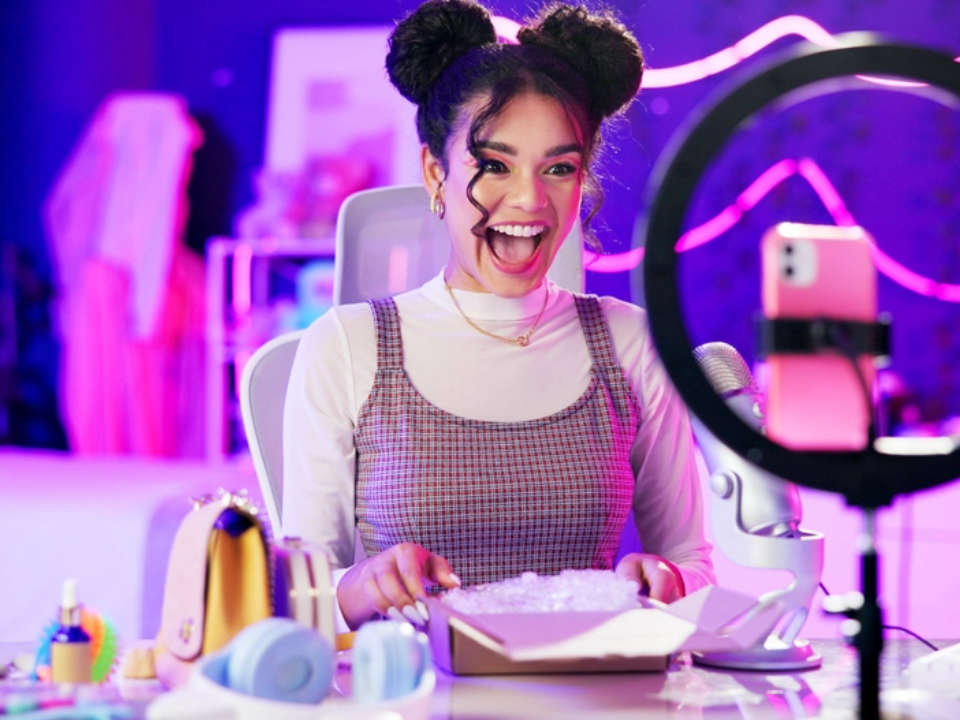
Live streaming was once a novel way to interact with followers in real time, but the trend has become oversaturated. Everyone seems to be live, whether it’s an influencer, a brand, or just a regular user trying to grab attention. The over-promotion of live sessions can feel intrusive, interrupting the flow of regular social media browsing with constant notifications.
Instead of fostering organic interaction, many live streams are now overly produced and rehearsed, making them less authentic. The constant push to “join live” for limited-time offers or special events has reduced the charm of what was once a spontaneous and intimate experience. For many users, the idea of logging in for a live broadcast no longer holds the same appeal it once did.
The “Follow for Follow” Culture
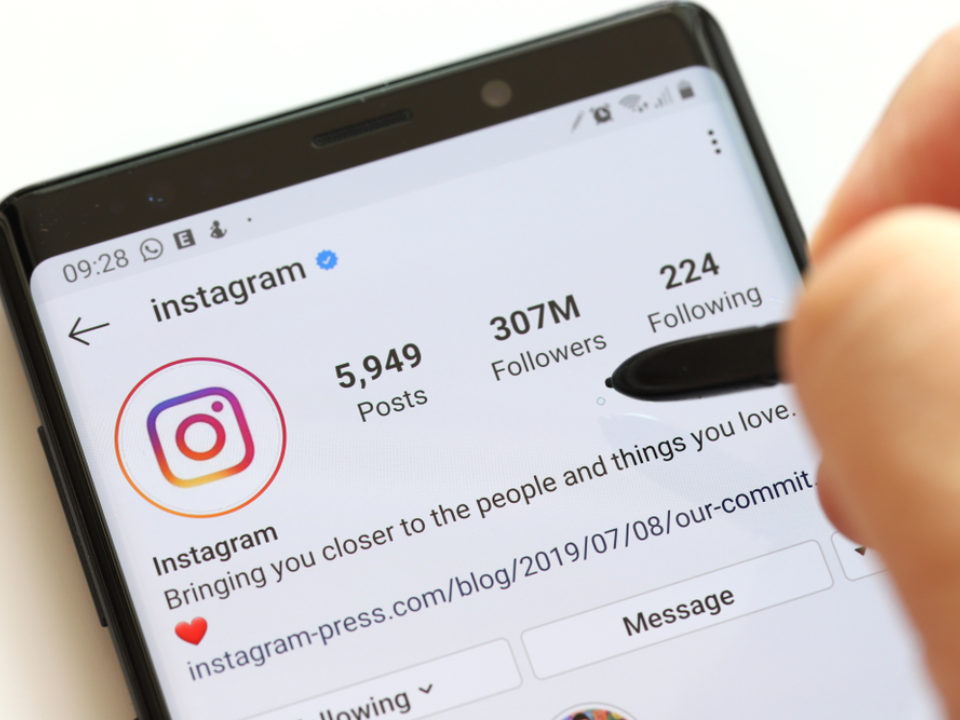
The culture of following others in exchange for a follow-back has been around since the early days of social media, but it has lost its value over time. What once was a simple way to grow a network of like-minded individuals has now turned into a superficial transaction. Many users engage in this practice not out of genuine interest but because they want to boost their follower count.
This trend has led to a lot of inauthentic connections, where users follow hundreds of accounts only to be followed back. The focus on numbers rather than content or relationships has diluted the true purpose of social media, which is to foster meaningful connections. As a result, people are less likely to engage with posts or creators that feel part of this transactional culture.
Filtered Political Opinions
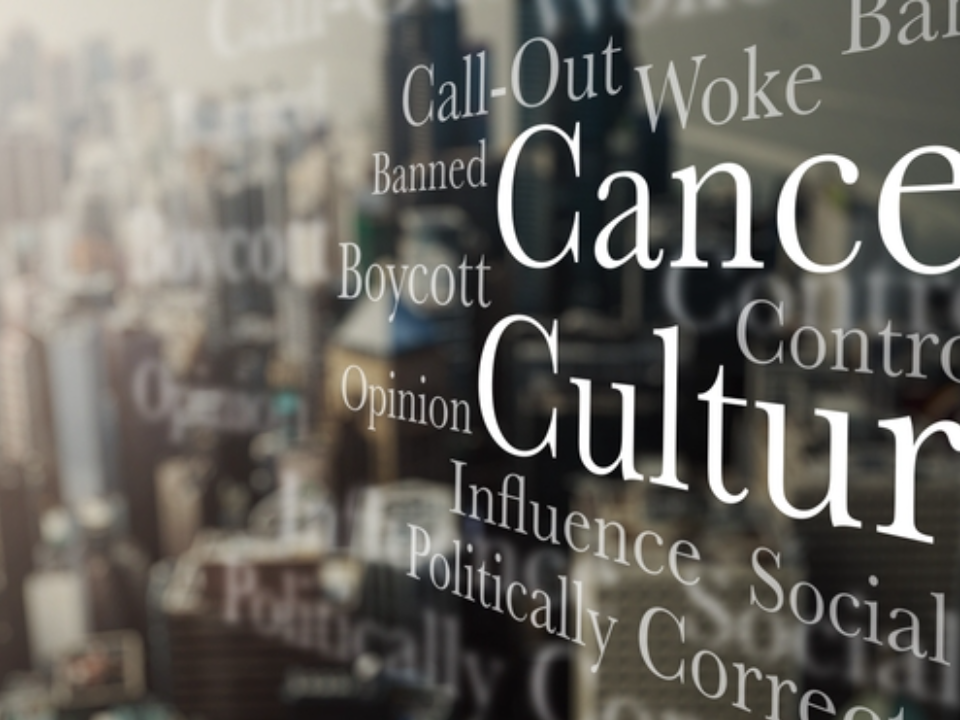
With the rise of social media, political opinions have become more visible than ever. While it’s important to have discussions about societal issues, the constant sharing of polarized political content has made many social media platforms feel more divisive than fun. Filters like algorithms amplify these opinions, making it harder for users to escape them.
Rather than engaging in thoughtful dialogue, many political posts on social media are often hyperbolic or extreme, discouraging respectful conversations. For some users, this constant barrage of opinions has led them to disconnect from social media altogether. The focus on being “right” has overshadowed the original intent of the platforms: to entertain, connect, and inform in a balanced way.
“Flexing” Wealth and Success

The trend of showing off one’s wealth, possessions, or achievements has reached new heights on social media, especially on platforms like Instagram. While it’s not uncommon for people to share moments of success, the constant showcasing of luxury items, vacations, and lavish lifestyles can feel isolating. Many users now feel pressured to keep up with these displays, which can lead to negative self-perception and dissatisfaction.
The act of “flexing” can create a toxic environment where value is based on material possessions and status rather than personal growth or meaningful connections. This has caused many users to disengage, feeling that social media no longer represents a true reflection of their lives. Instead of seeing real and relatable moments, they are bombarded with images of wealth that only serve to perpetuate unrealistic standards.
Incessant Product Reviews and Unboxing Videos

While product reviews and unboxing videos were once a novelty, their overwhelming presence has led many users to feel bored by them. These videos, once enjoyable as a way to learn about new products, have become predictable and formulaic. Many influencers and content creators seem to only produce content that revolves around sponsored items, making their channels feel more like advertisements than genuine entertainment.
The constant influx of these videos has made users numb to the excitement of discovering new products. What used to be an interesting way to explore new items now feels like a never-ending shopping spree, with little room for anything else. This trend has shifted social media away from personal connections and fun exploration toward a place focused on consumerism.
This article originally appeared on Avocadu.
